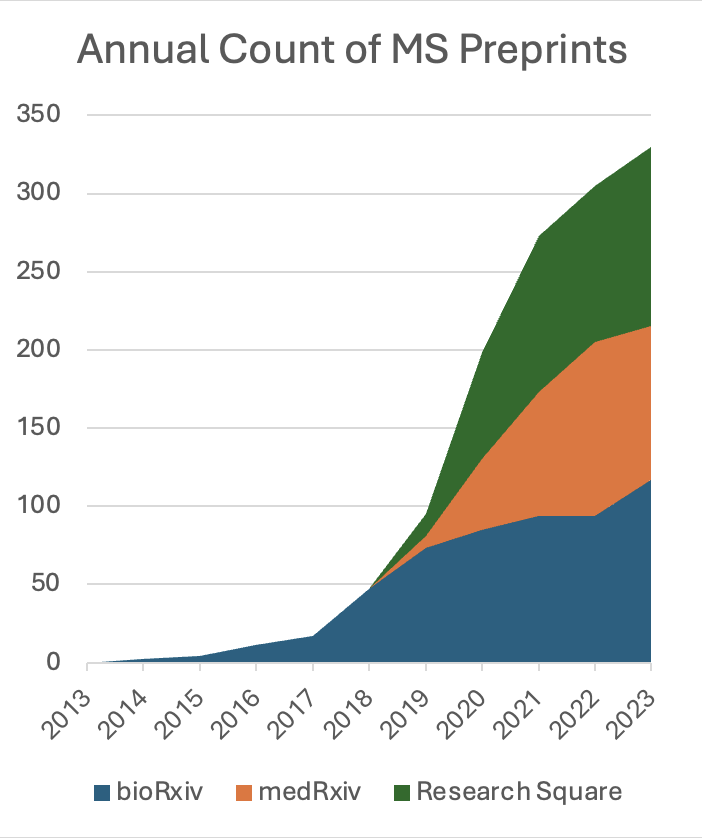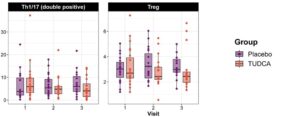You Could Have Read It Here 15 Months Ago: Preprints, Nature, and the glacial pace of conventional publishing

There were two ways for you to learn of recent blockbuster research on the prehistoric origins of MS. One was to wait for Nature to bless it with their stamp of approval and 255 news outlets to report on it last week. The other was to read it when it was released as a preprint in September of 2022 when it was picked up by one outlet, MS NeuroXchange, and annotated in detail.
The use of preprints in MS has exploded over the past five years, growing 347% to 330 preprints per year as the result of two key shifts in medical science publishing. The first was the launch of medRxiv in 2019 with the backing of Cold Spring Harbor Labs, Yale University, and the British Medical Journal. The second was the unprecedented need for speed in the dissemination of research associated with the COVID pandemic, which starkly exposed the plodding pace of conventional publishing and the associated drag on the pace of discovery.

Now, even with the urgency of COVID fading, the genie is out of the bottle. A review of preprints released in 2021, shows that 75% have been published and were available as preprints an average of 6 months before they were published. Even though the need to improve care for and prevention of MS does not match the urgency associated with a global pandemic, its delay has consequences. Imagine depriving people with MS of improved care to accommodate a 15 month publishing delay.

Wading through the preprint servers to find new research is far more challenging than just waiting for your favorite journal to pick it out, but, as demonstrated by this paper, that can be a very long wait. Our goal at NeuroXchange is to accelerate the pace of discovery in neurology by highlighting the most important preprints to bring you tomorrow’s research, today.




